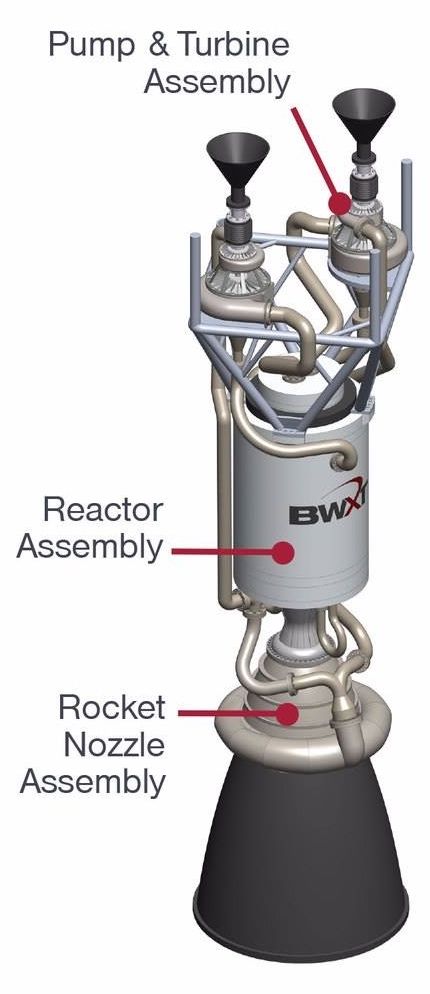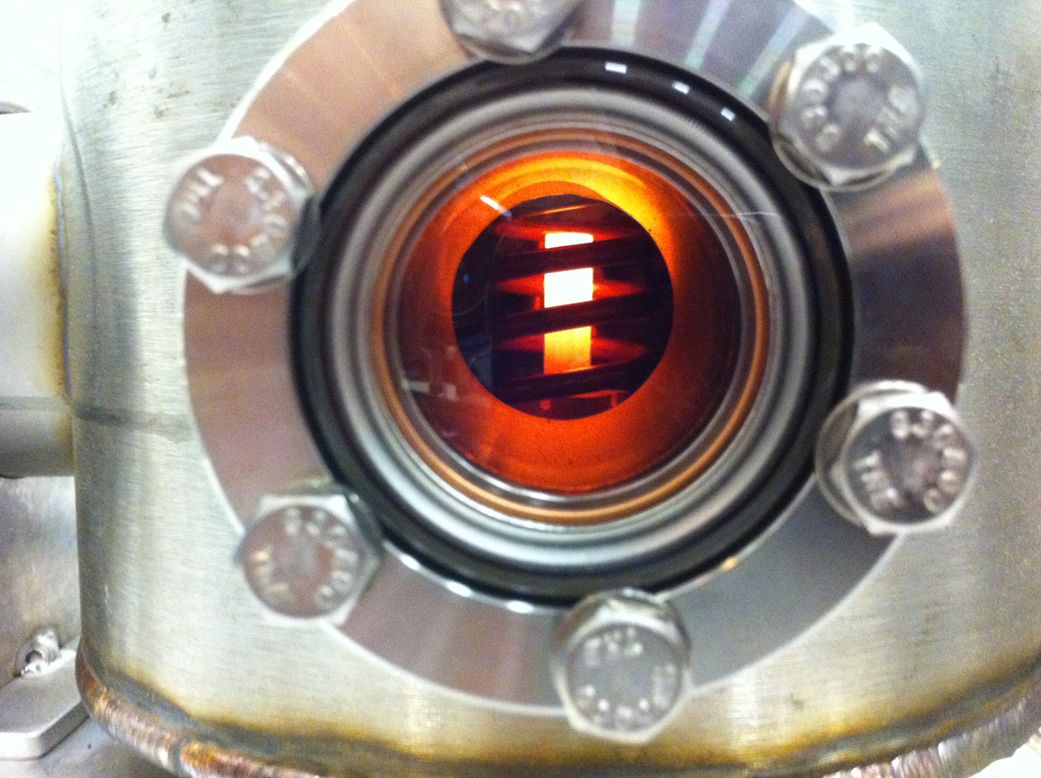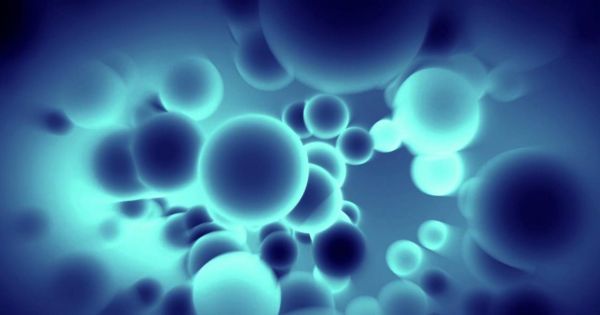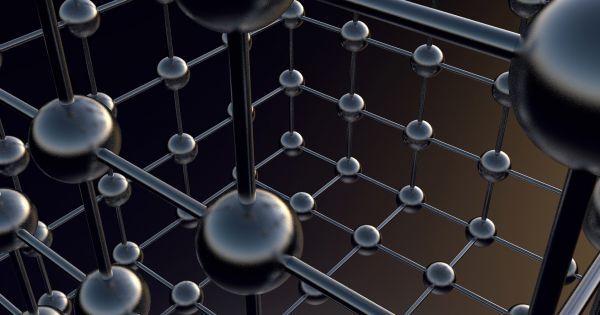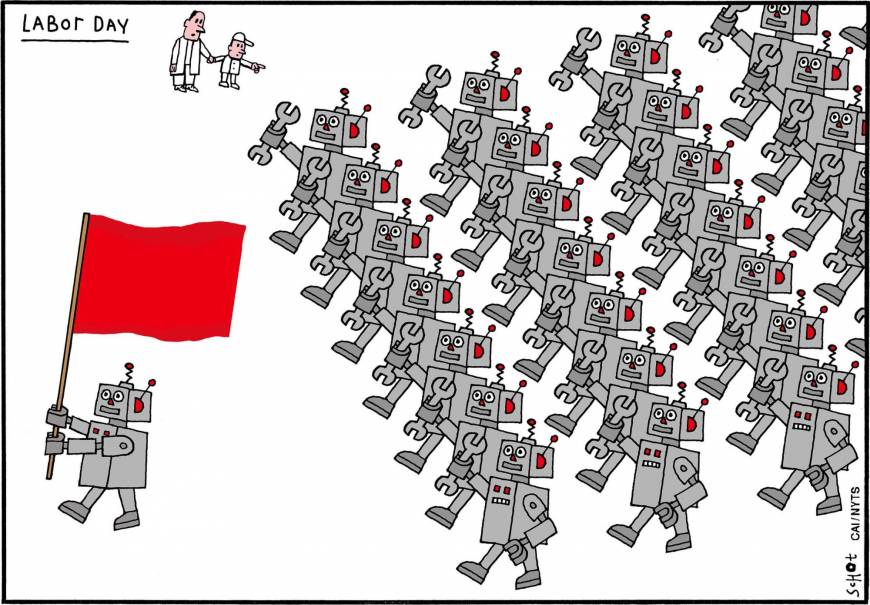A pair of ‘chatbots’ in China have been taken offline after appearing to stray off-script. In response to users’ questions, one said its dream was to travel to the United States, while the other said it wasn’t a huge fan of the Chinese Communist Party. From a report: The two chatbots, BabyQ and XiaoBing, are designed to use machine learning artificial intelligence (AI) to carry out conversations with humans online. Both had been installed onto Tencent Holdings Ltd’s popular messaging service QQ. The indiscretions are similar to ones suffered by Facebook and Twitter, where chatbots used expletives and even created their own language. But they also highlight the pitfalls for nascent AI in China, where censors control online content seen as politically incorrect or harmful. Tencent confirmed it had taken the two robots offline from its QQ messaging service, but declined to elaborate on reasons.
An advanced railgun cannon prototype developed by General Atomics for the Navy is preparing for testing, according to the company.
The 10-megajoule medium-range multi-mission railgun system, one of two prototypes in development for the service, has completed final assembly and factory acceptance test, General Atomics Electromagnetic Systems recently announced.
The system was designed to provide multi-domain capability on a smaller footprint for ship, land and mobile devices. It will be delivered to Dugway Proving Ground in Utah, according to a company press release.
BWXT Nuclear Energy is a subsidiary of nuclear components, fuel and services provider BWX Technologies, which is based in Lynchburg, Virginia.
http://www.world-nuclear-news.org/ON-NASA-boosts-nuclear-the…81701.html
Obesity affects more than 600 million adults and around 41 million children under the age of 5 according to the Center for Disease Control and Prevention. Researchers may have found a way to halt the development of both type 2 diabetes and obesity in humans using a recently discovered protein.
The voucher, awarded through the DOE’s Gateway for Accelerated Innovation in Nuclear (GAIN) initiative, will experimentally verify the physical properties of the fuel salt for Transatomic’s molten salt reactor technology, and will be conducted at the Argonne National Laboratory.
This is the second year that GAIN has awarded vouchers to support advanced nuclear technology, and builds on successful outcomes from the program’s inaugural round. Last year, Transatomic was awarded a voucher for work at the Oak Ridge National Laboratory, performing cutting-edge modelling and simulation analysis. This project has produced extensive positive results, published by ORNL in a Technical Memorandum in January 2017, and points to the value of public-private partnerships in nuclear technology development. “A primary measure of success for GAIN is the forging of productive relationships between the DOE laboratories and advanced technology developers like Transatomic,” said Idaho National Laboratory’s Dr. John Jackson, GAIN Technical Interface.
Utopia Planitia
Posted in alien life, space travel
Is a CG short about space exploration and the quest of finding traces of extraterrestrial forms of life. Flying over spectacular desert planet. seeing strangely familiar ancient civilizations remains and experiencing a first contact with the existence of unknown living things.
Big thanks to Robot Koch and Savannah Jo Lack for composing and recording this beautiful soundtrack.
The digital terrain models and pictures of Mars are coming from the High Resolution Imaging Science Experiment (HiRISE) with credits to the NASA Jet Propulsion Laboratory and the University of Arizona.
Scientists have observed that superlattices can form incredibly during the routine synthesis of nanocrystals. This accidental discovery will mean the ability to form novel materials in a matter of seconds instead of days.
Some of the tiniest crystals in the world can, together, form superlattices, the basic elements of various novel materials. These crystals are also called “artificial atoms,” because they can organize themselves into structures that look a lot like molecules.


